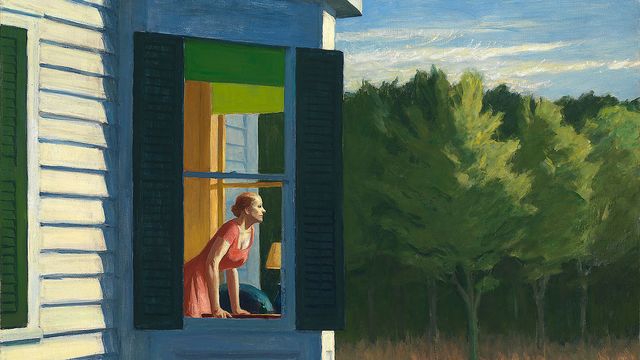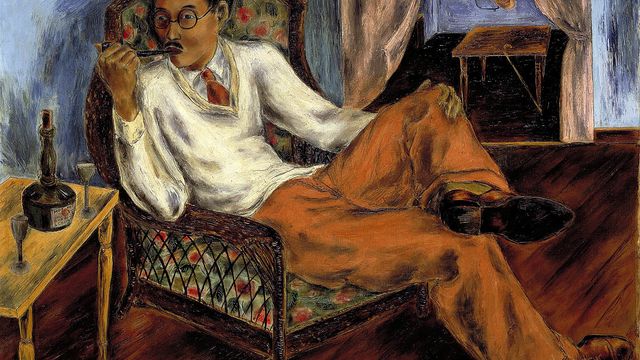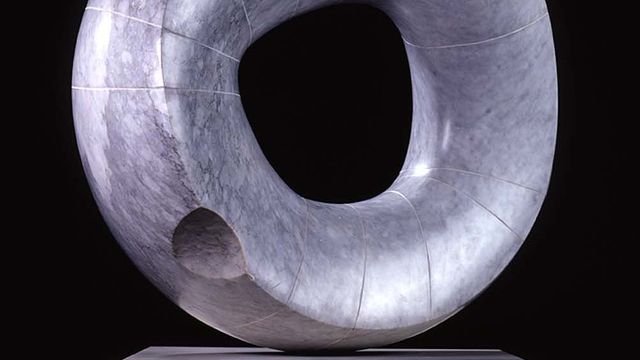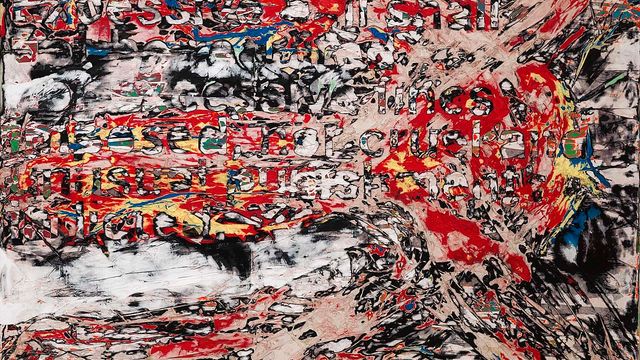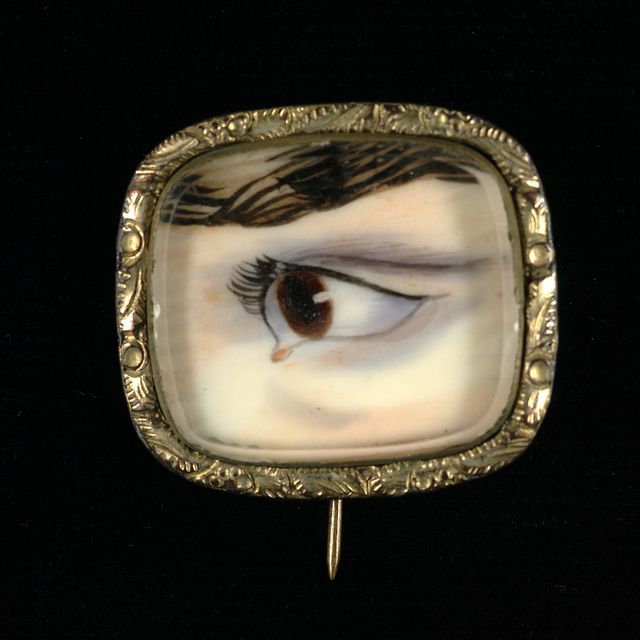Copied
Willem de Kooning, The Wave, ca. 1942-1944, oil on fiberboard, 48 x 48 in. (121.9 x 121.9 cm), Smithsonian American Art Museum, Gift from the Vincent Melzac Collection, 1980.6.1
Copied
Artwork Details
- Title
- The Wave
- Artist
- Date
- ca. 1942-1944
- Location
- Dimensions
- 48 x 48 in. (121.9 x 121.9 cm)
- Credit Line
- Gift from the Vincent Melzac Collection
- Mediums
- Mediums Description
- oil on fiberboard
- Classifications
- Highlights
- Subjects
- Abstract
- Object Number
- 1980.6.1
Artwork Description
Born in the Netherlands, de Kooning came to the United States in 1926 without a passport or visa. Arriving as an academically trained commercial artist, he went on to become a defining figure of abstract painting in New York.



